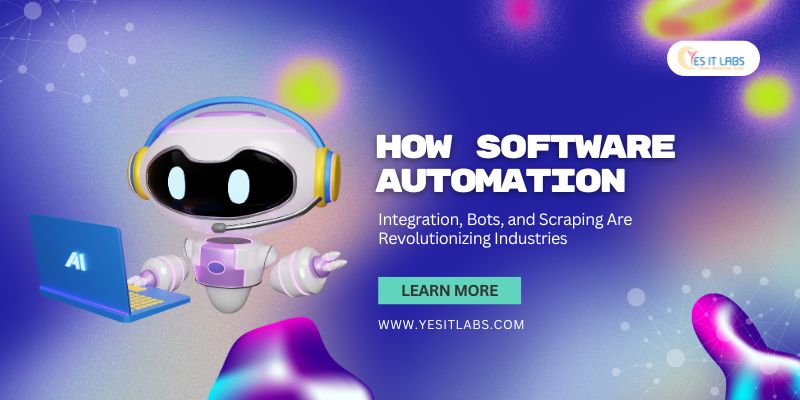
 By Admin
By Admin How Software Automation, Integration, Bots, and Scraping Are Revolutionizing Industries
In today’s fast-paced digital era, businesses of all sizes are striving to keep up with the relentless demand for efficiency, productivity, and innovation. This is particularly true for small and medium-sized enterprises (SMEs), which often operate with limited resources but high ambitions. The advent of software automation, integration, bots, and web scraping has provided a powerful toolkit that enables these businesses to transform their operations, enhance their competitive edge, and unlock new growth opportunities.
In this article, we will explore how these technologies are revolutionizing industries and the specific benefits they offer to SMEs across various sectors.
1. Software Automation: Streamlining Operations and Reducing Costs

Software automation leverages cutting-edge tools and technologies to handle repetitive, time-intensive tasks with minimal human involvement. From managing administrative duties to executing complex workflows, automation has become an indispensable asset for businesses looking to enhance efficiency and reduce operational costs.
Automation not only improves accuracy but also allows businesses to allocate human resources to more strategic, high-value tasks. This makes it especially valuable for SMEs, which often operate under tight budget constraints. By integrating automation tools, businesses can scale their operations seamlessly without proportionally increasing their workforce or overhead expenses.
For instance, a custom software development company can provide tailor-made automation solutions, helping businesses address specific challenges efficiently.
Key Benefits:
- Increased Efficiency: Automation tools can handle repetitive tasks such as data entry, report generation, and customer service, freeing up employees to focus on more strategic activities.
- Cost Reduction: By automating mundane processes, businesses can significantly reduce labor costs and minimize the risk of human error, leading to cost savings and improved accuracy.
- Scalability: Automation enables SMEs to scale their operations without the need for proportional increases in workforce, making it easier to manage growth.
Industries Impacted:
- Manufacturing:
Automation plays a central role in manufacturing, from robotic assembly lines to quality control systems. It ensures high precision and consistency in production, reduces operational downtime through predictive maintenance, and optimizes inventory with real-time monitoring. Advanced automation in additive manufacturing (e.g., 3D printing) is reshaping product design and prototyping. - Retail and E-commerce:
Automating repetitive processes such as inventory updates, order processing, and customer notifications ensures faster deliveries and reduced errors. Automation tools also facilitate dynamic pricing, restocking predictions, and AI-driven product recommendations to enhance customer satisfaction. - Healthcare:
Medical institutions use automation to handle complex scheduling, ensure compliance with healthcare regulations, and streamline patient management systems. For instance, pharmacy automation systems dispense medications with accuracy, and lab automation speeds up diagnostic processes. - Banking and Finance:
Banks leverage robotic process automation (RPA) to handle high-volume tasks like loan processing, account reconciliation, and fraud detection. Automated customer service bots manage account-related inquiries, while financial forecasting tools improve investment strategies. - Energy and Utilities:
Automation is pivotal in renewable energy management, optimizing solar panel angles, and wind turbine performance. In utilities, it assists in billing processes, consumption pattern analysis, and predictive grid maintenance, ensuring uninterrupted services. - Education:
Learning management systems (LMS) automate content delivery, assessments, and feedback, allowing institutions to scale their offerings. Automation helps in enrollment processes, fee management, and even personalized curriculum recommendations based on student progress.
2. Integration: Connecting Systems for Seamless Workflows

System integration involves connecting various software applications, tools, and platforms within an organization to create a unified and cohesive workflow. Instead of managing siloed systems, integration ensures that data flows seamlessly across departments, improving collaboration, reducing redundancies, and fostering better decision-making.
An IT consulting company can play a crucial role in guiding businesses toward effective system integration, ensuring a smooth transition and enhanced operational capabilities.
Key Benefits:
- Enhanced Collaboration: Integration allows different software systems to communicate and share data seamlessly, fostering collaboration across departments and improving overall workflow efficiency.
- Data Synchronization: By integrating various business applications, companies can ensure that data is up-to-date and consistent across all platforms, reducing the risk of discrepancies and enhancing decision-making.
- Improved Customer Experience: Integrated systems provide a holistic view of customer interactions, enabling businesses to deliver personalized and timely services.
Industries Impacted:
- E-commerce and Retail:
Integration ensures the smooth functioning of online stores by connecting shopping platforms with inventory, payment gateways, CRM, and shipping systems. This provides real-time stock updates, enhances order accuracy, and improves post-purchase experiences like tracking and returns. - Logistics and Supply Chain:
Integrated systems link warehouse management, transportation tracking, and customer communication tools, enabling end-to-end visibility. Businesses can optimize delivery schedules, automate order fulfillment, and manage cross-border compliance seamlessly. - Healthcare:
Integration bridges the gap between electronic health records (EHR), diagnostic labs, and insurance providers. Patients benefit from quicker diagnosis and claims processing, while doctors gain a comprehensive view of patient histories for better treatment plans. - Education:
Academic institutions integrate LMS with virtual classrooms and administrative platforms, enabling smooth student enrollment, real-time grade tracking, and interactive learning environments. - Hospitality:
Integration connects property management systems (PMS) with booking engines, payment processors, and guest experience tools. This ensures a hassle-free journey from reservation to checkout, along with tailored upselling opportunities like room upgrades and packages. - Automotive:
Automotive manufacturers integrate ERP, design software, and supply chain systems to streamline production. Dealerships leverage integration to connect sales, service, and inventory systems, improving customer interactions and reducing downtime for repairs.
3. Bots: Enhancing Customer Interaction and Operational Efficiency

Bots, powered by artificial intelligence (AI) and machine learning, are reshaping how businesses interact with customers and manage internal processes. These automated programs can perform tasks ranging from answering customer queries to analyzing data and managing workflows.
A mobile application development company can embed AI-powered bots into mobile platforms, enhancing customer engagement and streamlining services.
Key Benefits:
- 24/7 Customer Support: Chatbots and virtual assistants can provide round-the-clock customer service, addressing common queries and issues without the need for human intervention.
- Operational Efficiency: Bots can automate various internal processes such as scheduling, data analysis, and employee onboarding, improving overall productivity.
- Personalization: Advanced bots can analyze customer behavior and preferences, offering personalized recommendations and support.
Industries Impacted:
- Retail and E-commerce:
Bots assist in providing personalised product recommendations, handling FAQs, and sending automated post-purchase surveys. Sophisticated AI-powered bots assess customer preferences to craft personalized marketing campaigns. - Travel and Hospitality:
Travel agencies use chatbots to answer inquiries about destinations, book tickets, and recommend personalised travel packages. Hotels employ bots for concierge services, allowing guests to request amenities or resolve issues instantly. - Banking and Finance:
Bots streamline account management, provide spending insights, and offer proactive fraud alerts. In investment banking, robo-advisors analyze financial goals and market conditions to create tailored portfolios for clients. - Telecommunications:
Bots assist customers with troubleshooting internet issues, offering plan upgrades, and managing billing inquiries. AI-driven virtual assistants can predict network problems and suggest preventive actions. - Real Estate:
Bots provide property recommendations based on customer preferences, schedule property tours, and assist with mortgage calculations, ensuring a seamless customer experience. - Marketing and Advertising:
Bots automate the execution of ad campaigns, gather analytics, and suggest optimization strategies. They also monitor customer sentiment in real-time, enabling marketers to adjust campaigns dynamically.
4. Web Scraping: Extracting Valuable Data for Strategic Insights

Web scraping refers to the process of extracting data from websites to gather actionable insights. By leveraging web scraping tools, businesses can access large volumes of data without the need for manual research, making it an efficient way to stay competitive in data-driven markets.
Web scraping can be used for various purposes, including market research, competitor analysis, and lead generation. It allows businesses to collect real-time data from diverse sources like e-commerce websites, social media platforms, and industry forums.
For SMEs, web scraping provides a cost-effective way to gain insights into market trends, customer behavior, and emerging opportunities. This enables them to make informed decisions and develop strategies that are tailored to their target audience.
Key Benefits:
- Market Research:
Web scraping tools can gather data from competitors’ websites, industry forums, and social media platforms, providing valuable insights for market analysis and strategy development. - Lead Generation:
By scraping business directories and professional networks, companies can build targeted lead lists, enhancing their sales efforts. - Content Aggregation:
Automating the collection of relevant content from various sources helps businesses stay informed about industry trends and customer preferences.
Industries Impacted:
- Real Estate:
By scraping property portals, real estate agents gather data on pricing trends, location insights, and market demand. This enables them to provide clients with competitive listings and investment opportunities. - Travel and Tourism:
Travel companies use scraping to compare airfare, hotel rates, and car rental options, ensuring they provide customers with the best deals. Web scraping also helps monitor seasonal demand trends to create attractive packages. - Retail and E-commerce:
Competitor price monitoring, customer review aggregation, and product trend analysis are streamlined through scraping. Companies utilize this data to optimize their pricing strategies and enhance inventory management. - Marketing and Advertising:
Social media scraping helps marketers analyze consumer sentiment, track brand mentions, and identify influencers. These insights drive impactful advertising campaigns and boost audience engagement. - Journalism and Media:
News organisations scrape trending topics, public opinions, and global updates to ensure timely reporting. Automated content curation enhances the efficiency of editorial teams. - Education:
EdTech platforms scrape data from academic research, forums, and learning resources to enrich course content and offer the latest insights to students. - Healthcare:
Pharmaceutical companies use scraping to track drug pricing, availability, and clinical trial data. Hospitals gather reviews and feedback to enhance patient services and reputation management.
Conclusion
The integration of software automation, integration, bots, and web scraping is fundamentally transforming how industries operate, offering a plethora of benefits that empower SMEs to compete on a larger scale. These technologies not only enhance operational efficiency and reduce costs but also provide valuable insights that drive strategic decision-making.
Industries across the board—from manufacturing and healthcare to retail and logistics—stand to gain significantly from these advancements. For SMEs, adopting these tools is not just a luxury but a necessity for thriving in the modern business landscape.
By embracing these technologies, businesses can streamline processes, innovate services, and unlock new avenues for growth and success, ensuring a brighter future in an increasingly competitive world.
Tags: app development company in usa, best it consulting firms, best mobile app development company in usa, Bots, custom software development agency, custom software development company, custom software development company united states, custom software development company usa, custom software development services usa, custom software development usa, information technology consulting, Integration, it consultant company, it consulting companies in usa, IT consulting company, IT consulting company in USA, it consulting in usa, it consulting services in usa, mobile app development companies, mobile app development companies in usa, mobile app development company in usa, mobile app development company usa, mobile software development company, Scraping, Software AutomationLatest Resources
Top Frameworks for Cross-Platform App Development in 2025
January 22, 2025
A Guide to Types of Artificial Intelligence (AI)
January 14, 2025
Key Benefits of React Native App Development
January 7, 2025
Leveraging AI in Startup Software Development: Trends and Tips
December 30, 2024
Mobile Optimization for Shopify Apps: Best Practices
December 23, 2024








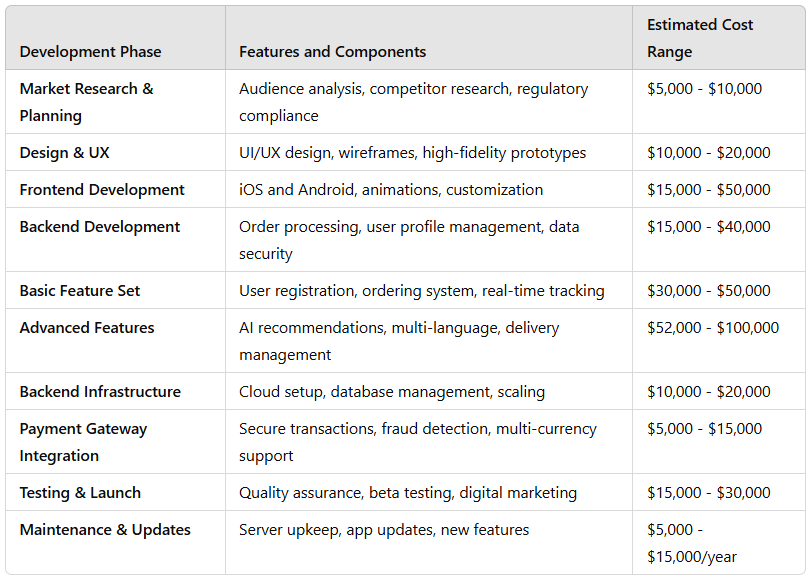






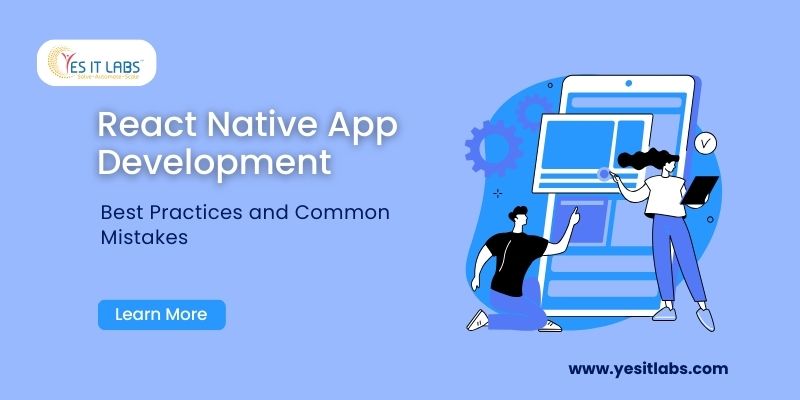
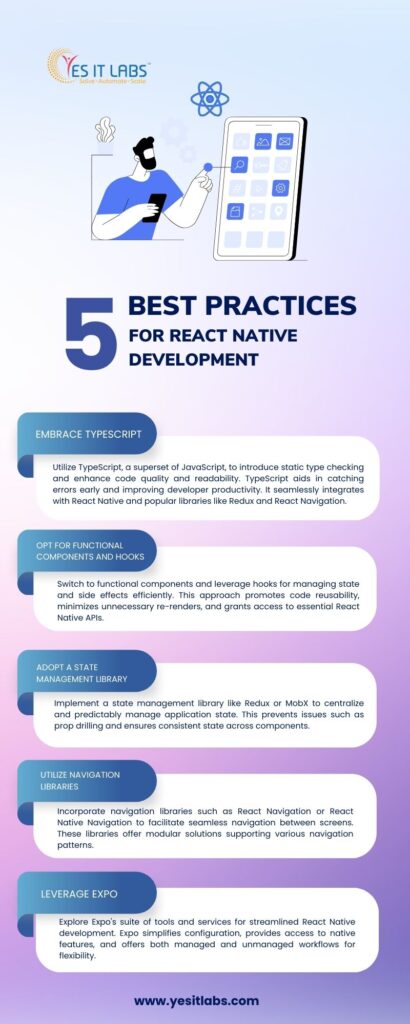 Use TypeScript
Use TypeScript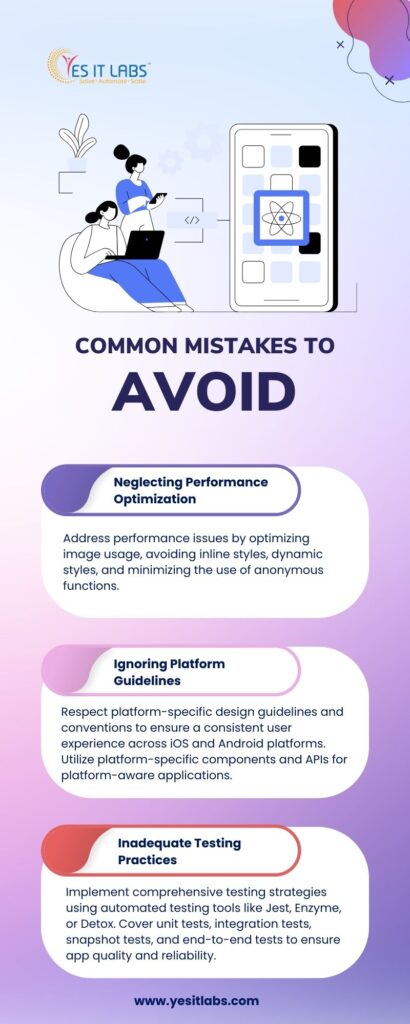 Not optimizing performance.
Not optimizing performance.





 Services
Services

